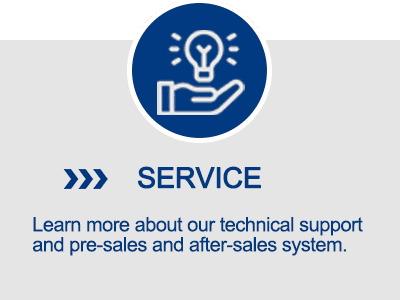Introduction
Servo presses are revolutionizing the manufacturing landscape by combining the precision of servo motor control with the force of traditional hydraulic systems. As industries seek higher energy efficiency, accuracy, and adaptability, understanding the key technologies behind servo presses is essential. This article explores six core areas that define modern servo press innovation.
1. Energy Efficiency Through Direct Servo Motor Drive
One major breakthrough is using a servo motor to directly drive the main oil pump of a hydraulic press. This setup greatly enhances energy efficiency by eliminating unnecessary energy conversion losses. However, implementing high-power servo motors in this way poses challenges, particularly due to the wide speed range requirements of hydraulic pumps. While traditional hydraulic pumps operate around 600 rpm, high-performance systems must remain functional even at speeds below 10 rpm.
Switched Reluctance Motors (SRMs) have become a favored option due to their simple structure, wide-speed range efficiency, four-quadrant operation, quick response, and affordability. However, they also face drawbacks such as high torque ripple, vibration, and complex control requirements.
With ongoing advances in AC servo motor drive control technology—including high-power rectifier modules and integrated circuits—costs are decreasing while performance improves. This makes AC servo-driven presses increasingly viable, especially when paired with domestic research into high-power control systems with proprietary technology.
2. Closed-Loop Control of Pressure and Position
A defining feature of servo hydraulic machines is the closed-loop control of hydraulic pressure and position by adjusting servo motor speed. Unlike traditional systems that rely on proportional or servo valves, servo-driven presses require highly specialized algorithms to maintain pressure stability and control precision in the 1–25 MPa range. While still maturing, this approach opens new possibilities for intelligent forming and precision manufacturing.
3. Energy Recovery and Smart Energy Management
For true energy savings, it’s crucial to recover potential energy during the press’s downward motion and decompress cycles. Despite its significance, energy recovery in servo hydraulic systems remains an emerging field with few mature implementations.
Furthermore, energy management systems must handle the high peak-to-average power ratios typical of servo presses. Without proper power distribution control, excessive grid impact can occur. This makes smart energy allocation strategies essential, especially for large-scale presses.
4. Development of Specialized Control Systems
Standard PLCs often lack the computational power required for the real-time, high-speed control demanded by servo hydraulic machines. As a result, these systems increasingly rely on industrial PCs with customized control platforms that integrate hydraulic and motion control. Developing specialized servo press control systems is vital for achieving seamless, high-performance operation.
5. Process Optimization for Complex Forming Tasks
Servo presses unlock advanced forming capabilities, but their potential is only fully realized through process optimization. For instance, quiet cutting and shearing rely on precise speed shift control, while reverse extrusion of magnesium alloy cups may require four distinct speed phases and consistent pressure throughout the stroke.
Understanding the material behavior and motion requirements for different tasks allows engineers to create optimized forming profiles. This enhances part quality, increases production throughput, and reduces waste—key goals for competitive manufacturing.
6. Optimized Frame Design for Dynamic Performance
Servo hydraulic machines demand more sophisticated structural design compared to conventional presses. The frame must handle extreme working conditions, variable loads, and higher dynamic frequencies—especially in high-speed operations.
Historically, many designs relied on empirical methods, resulting in bulky, imprecise, and steel-intensive machines. Recent advancements in optimization software help improve static body design, but there remains a need to integrate dynamic performance parameters.
Developing a comprehensive design methodology that considers rigidity, strength, and dynamic characteristics can reduce material costs, improve accuracy, and extend machine lifespan—closing the gap between domestic and international manufacturing standards.
Conclusion
Servo press technology is advancing rapidly, offering manufacturers unprecedented control, efficiency, and flexibility. By mastering core areas such as energy management, servo motor control, and process optimization, manufacturers can unlock the full potential of servo hydraulic machines. Investing in these technologies will pave the way for smarter, greener, and more efficient production.
Ready to upgrade your forming process with cutting-edge servo press technology? Contact us today to learn how our solutions can boost your productivity and reduce energy costs.






